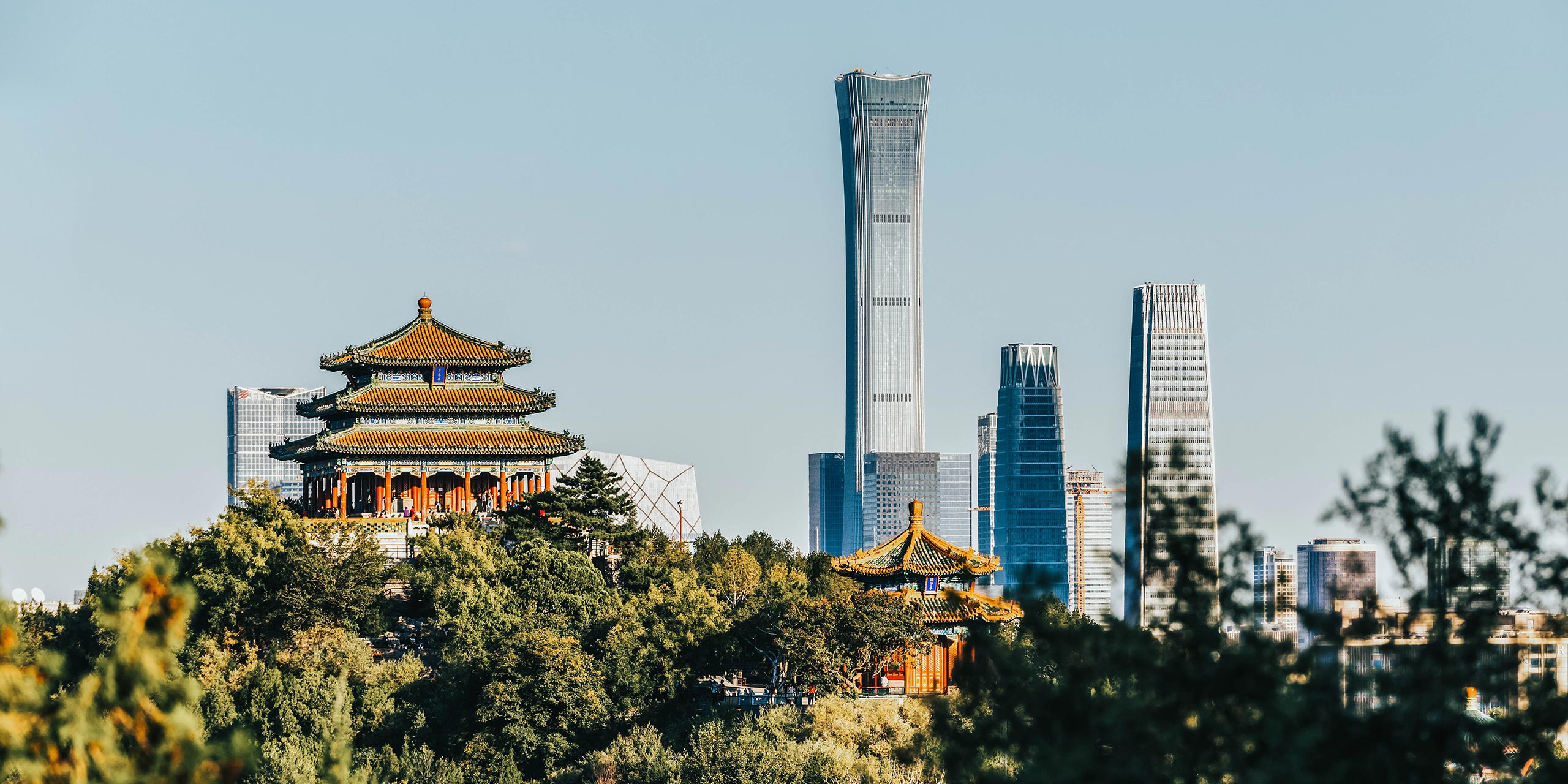
With its chrome and glass skyscrapers and gleaming shops and malls, Beijing is a city firmly focused on the future. Nevertheless, snapshots of the city’s 3000-year history can be glimpsed at the Forbidden City – the largest palace complex in the world – and the Temple of Heaven and through age-old artistic and cultural traditions. North and east of the city, meanwhile, the most popular sections of the Great Wall lie in wait.
1: Visit the Forbidden City
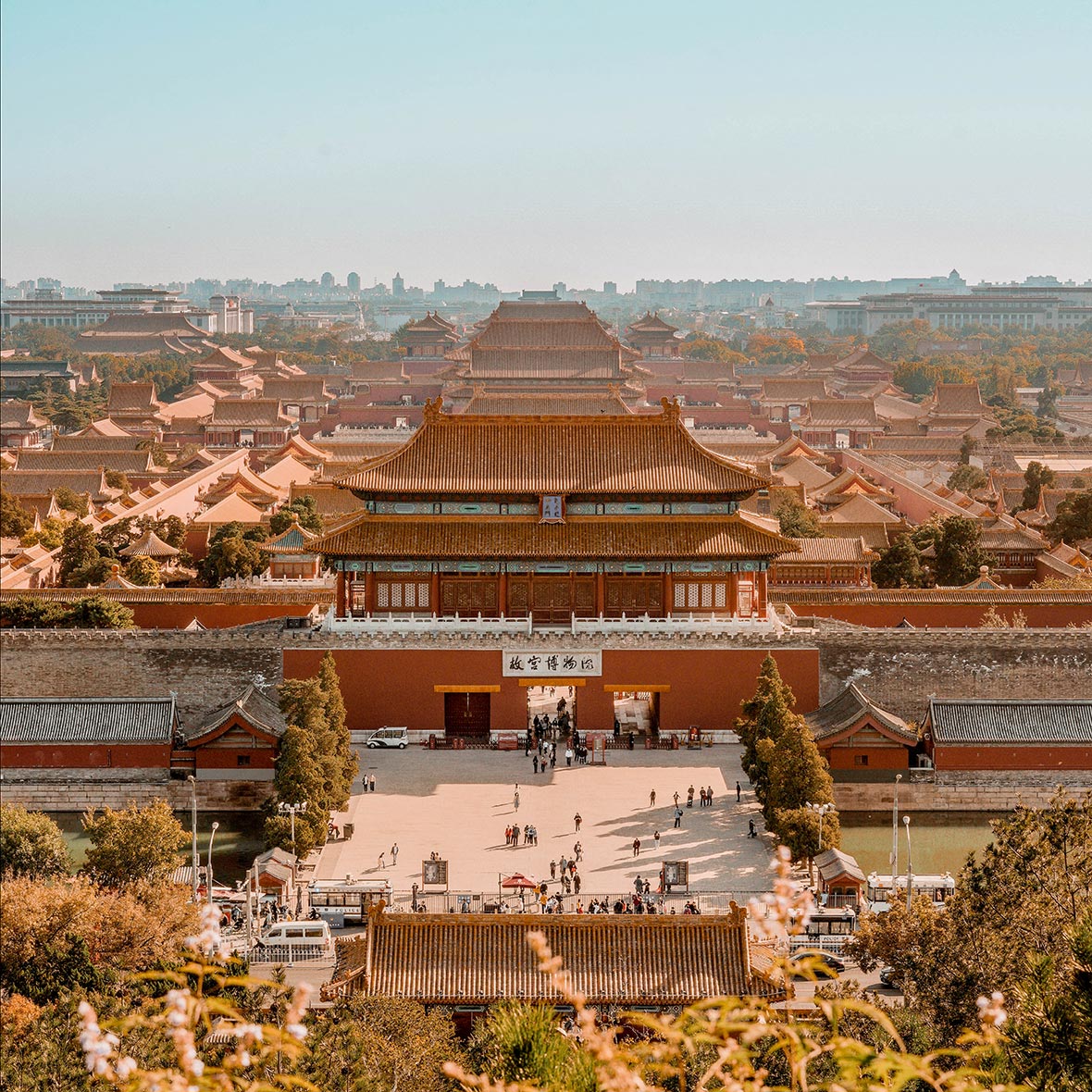
Located at the very centre of Beijing, the Forbidden Centre remains at the heart of the capital’s portfolio of cultural attractions. Highlights of the UNESCO-listed behemoth are myriad, and it pays to linger. Chief among the big hitters within the gates are the three great halls, with the Hall of Supreme Harmony the most important and largest structure in the Forbidden City. Other drawcards include the Imperial Garden – 7000 square metres of fine landscaping – and a range of other palaces, many of which host fine exhibitions.
2: Walk the Great Wall
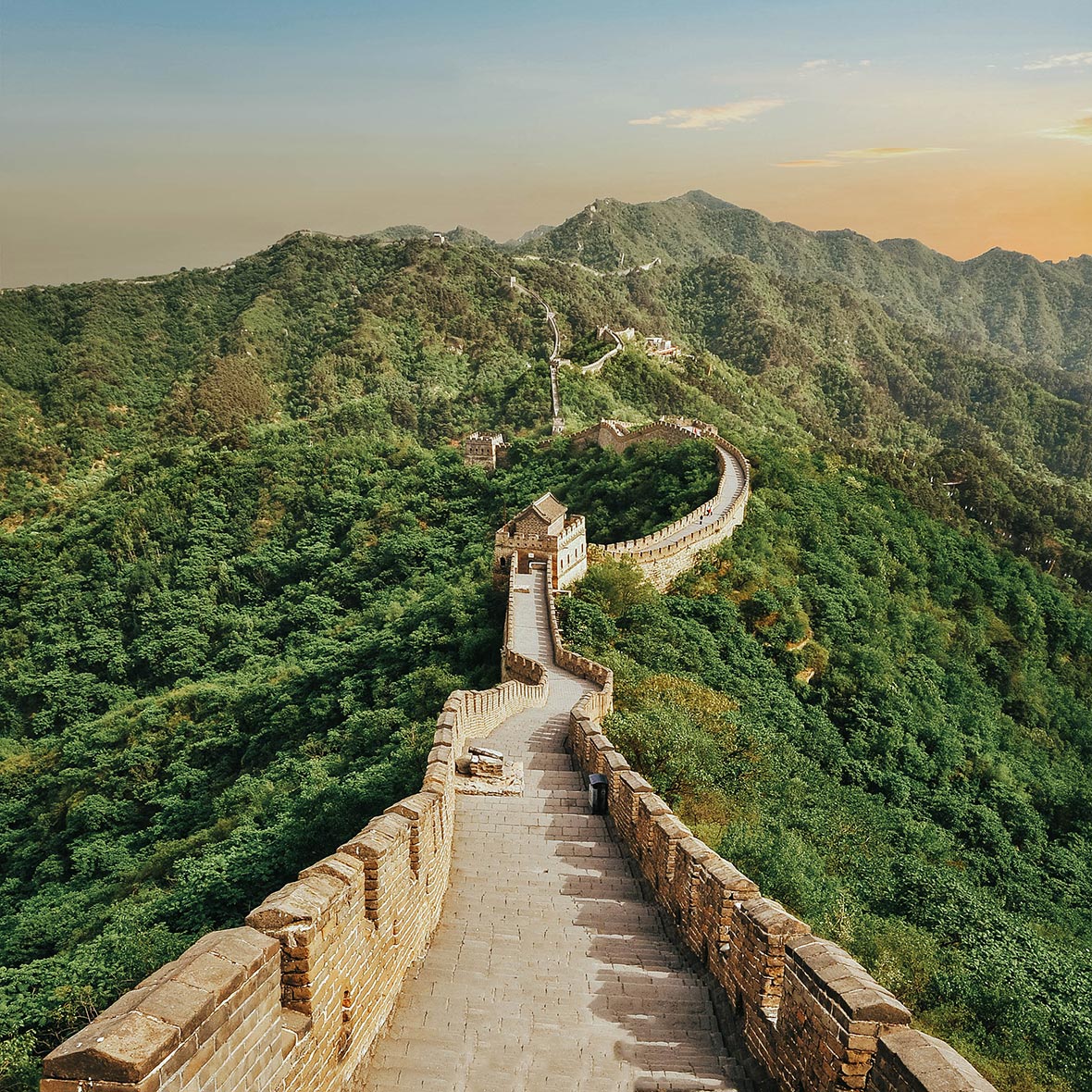
A hike along the route of the great barrier built by successive Chinese empires to keep hostile invaders from the north at bay is one of the country’s undoubted highlights. The sense of history is acute while the vistas over the mountains of northern China are sublime. The most popular section of the wall for walkers is between Jingshanling and Simatai West. The route covers restored and unrestored sections of the wall and takes around four hours to complete.
3: Take Tea the Chinese Way
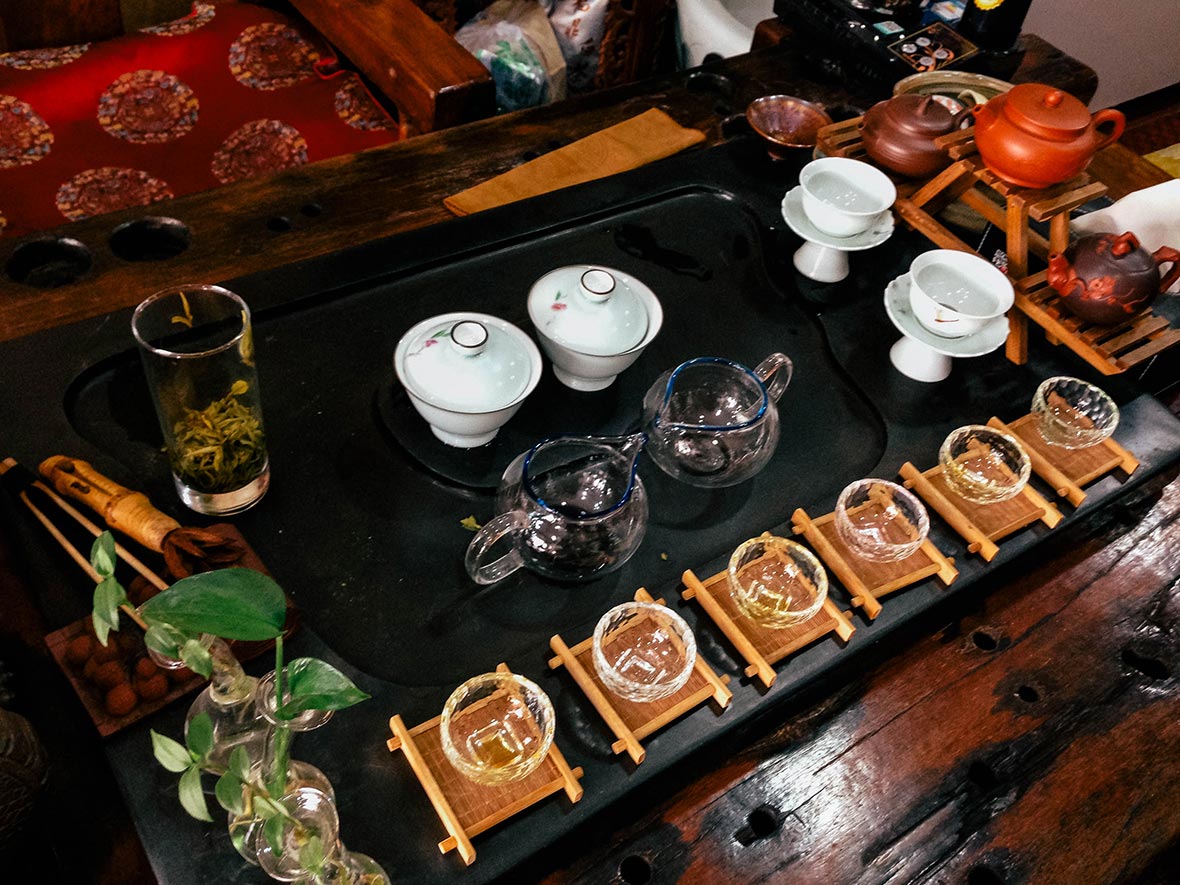
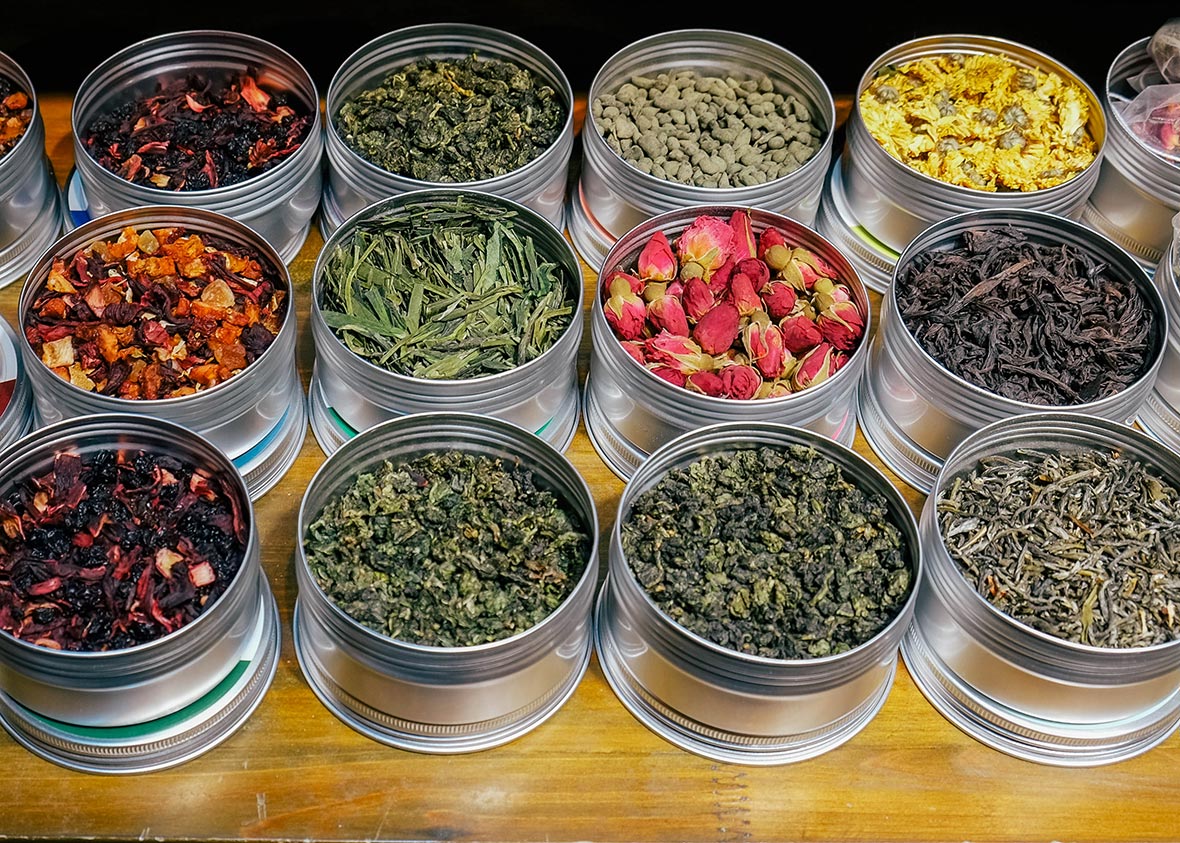
No beverage is more central to Chinese culture than tea. Used for medicinal purposes, as a sign of respect for elders, as a means of apology and to show gratitude, the Chinese love an excuse to brew up a reinvigorating cuppa. Unsurprisingly, sampling a traditional tea ceremony in Beijing is an undoubted highlight of a visit to the city. Groups can get the full treatment at the Liu Xian Guan Teahouse where the owner takes guests through the enthralling ritual step by step.
4: A Night at the Opera
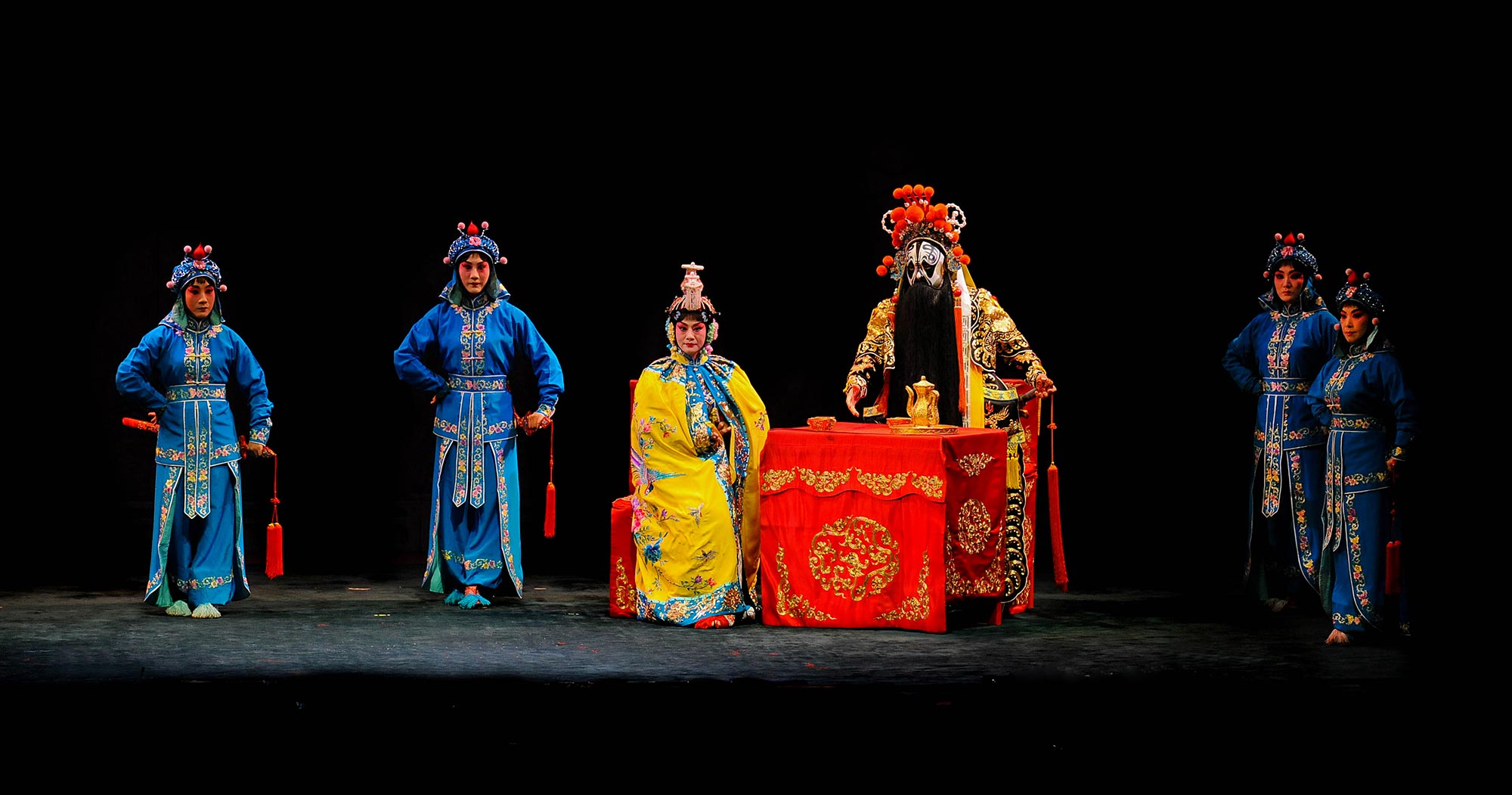
While not everyone can appreciate the niceties (not to mention the shrill tones and often-confusing storylines) of Peking Opera, nobody can deny the epically dramatic qualities of a performance. A breathless rush of colourful costumes and intricate choreography, it’s a visual spectacular that ranks as one of Beijing’s cultural peaks. Authentic performances tend to drag on a bit (three hours-plus is the norm), but the uninitiated can enjoy truncated shows at tourist-friendly venues such as the Liyuan Theatre.
5: Revolutionary Art
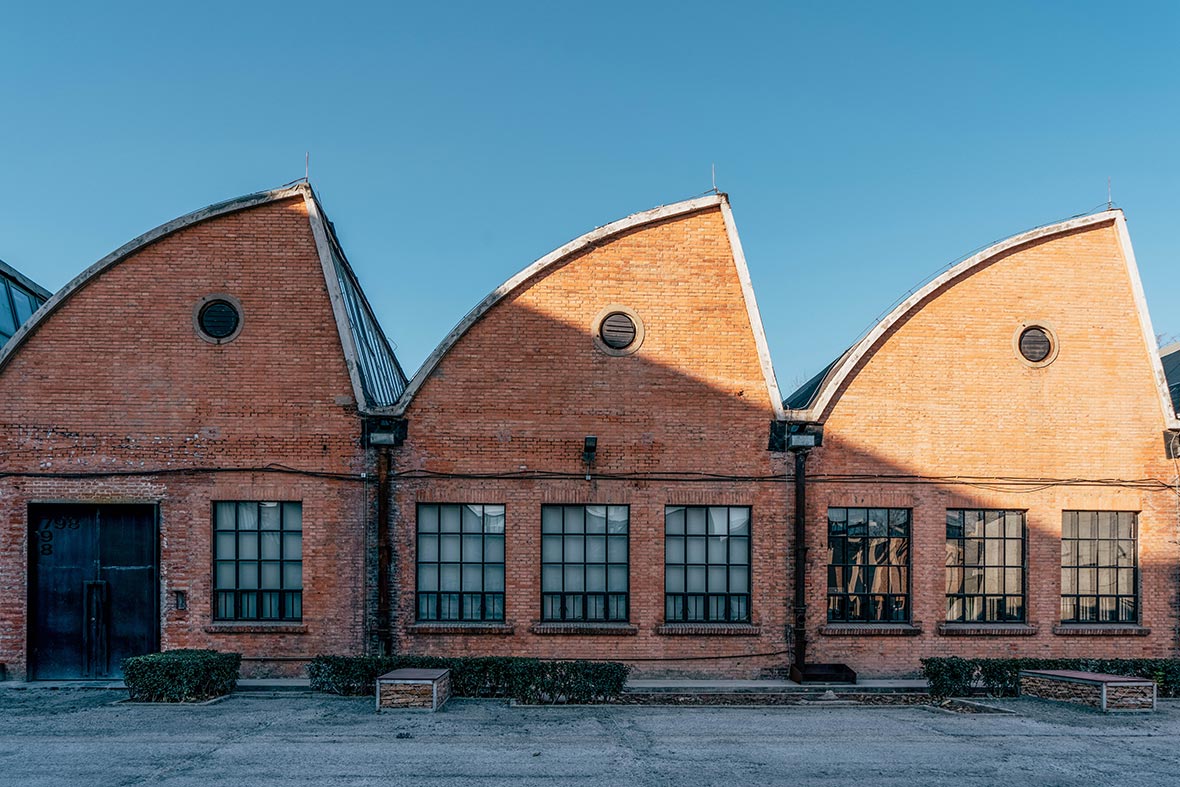
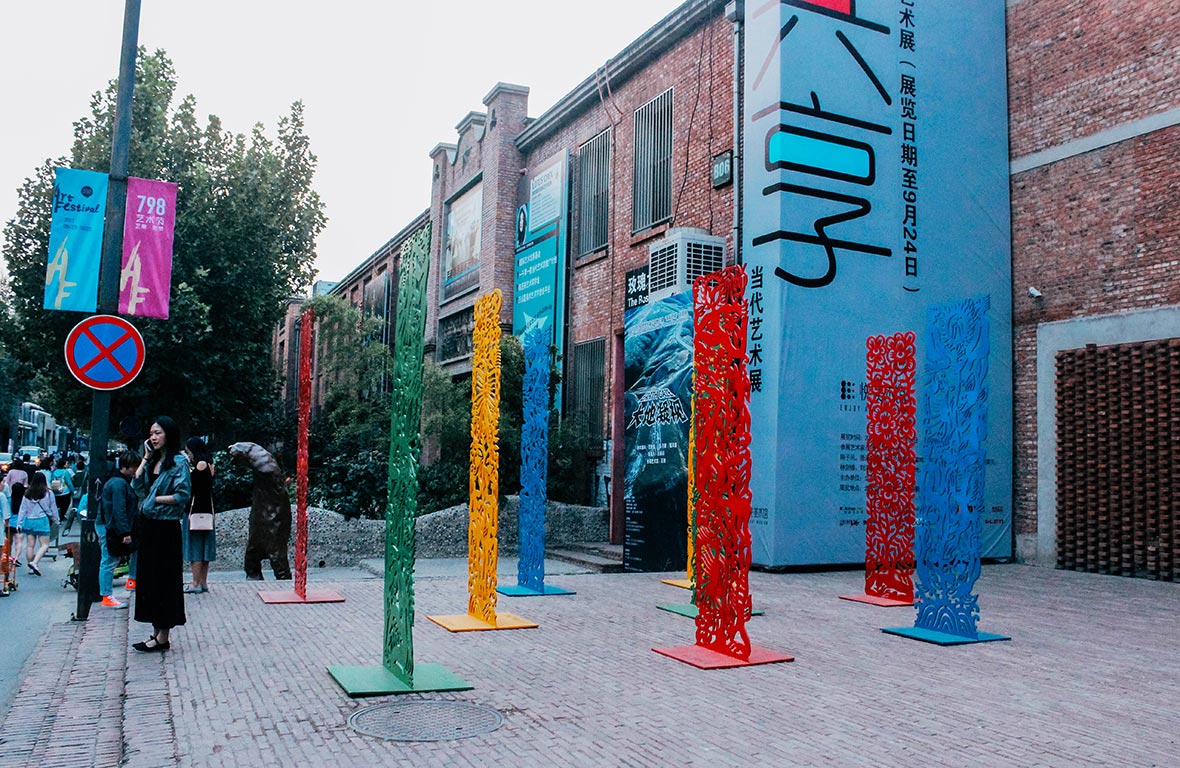
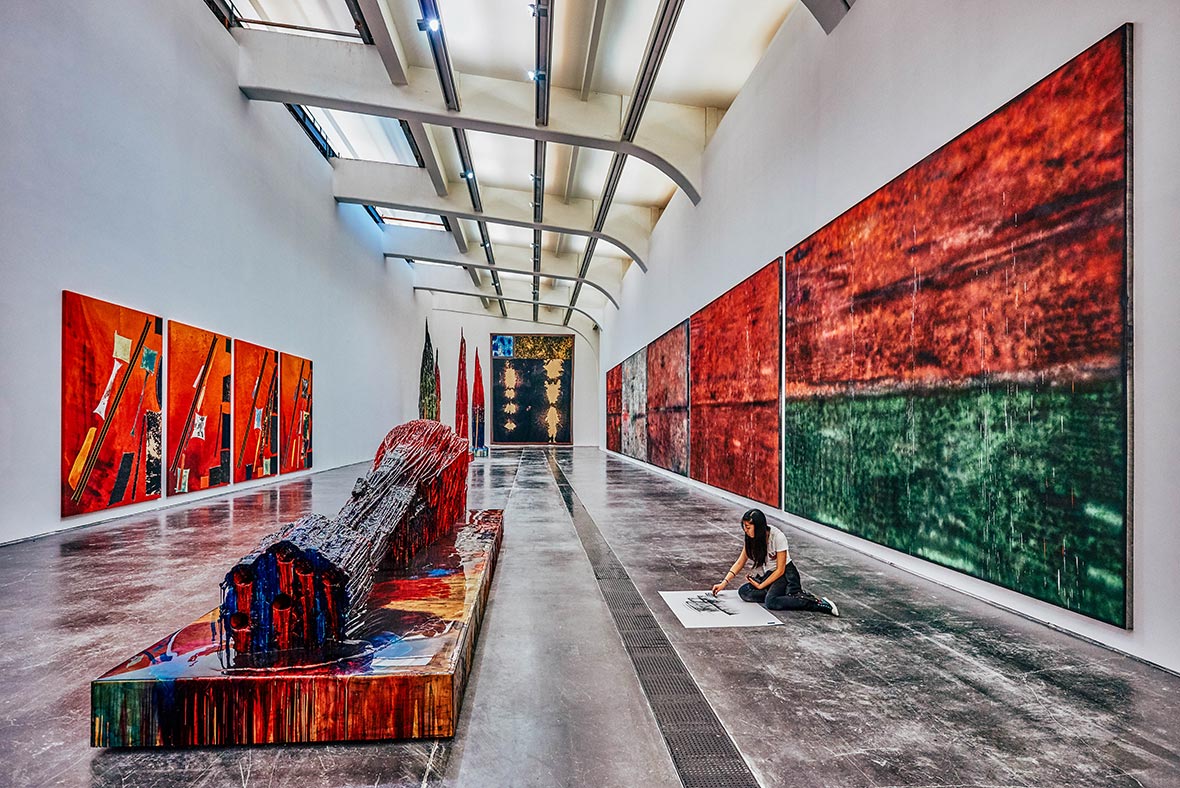
Beijing’s hip side is showcased to great effect at hubs such as the sprawling 798 art district. Housed inside a former arms factory, the initiative has evolved to become one of China’s most sought-after community of artists. Indeed, there are those who believe that influx of art buyers and big-name galleries has robbed the initiative of its outlaw spirit. Nevertheless, the booming area is a prime spot for arty browsing. Its café/restaurant/bookshop centrepiece Timezone 8, meanwhile, is a delightful spot for refuelling.
